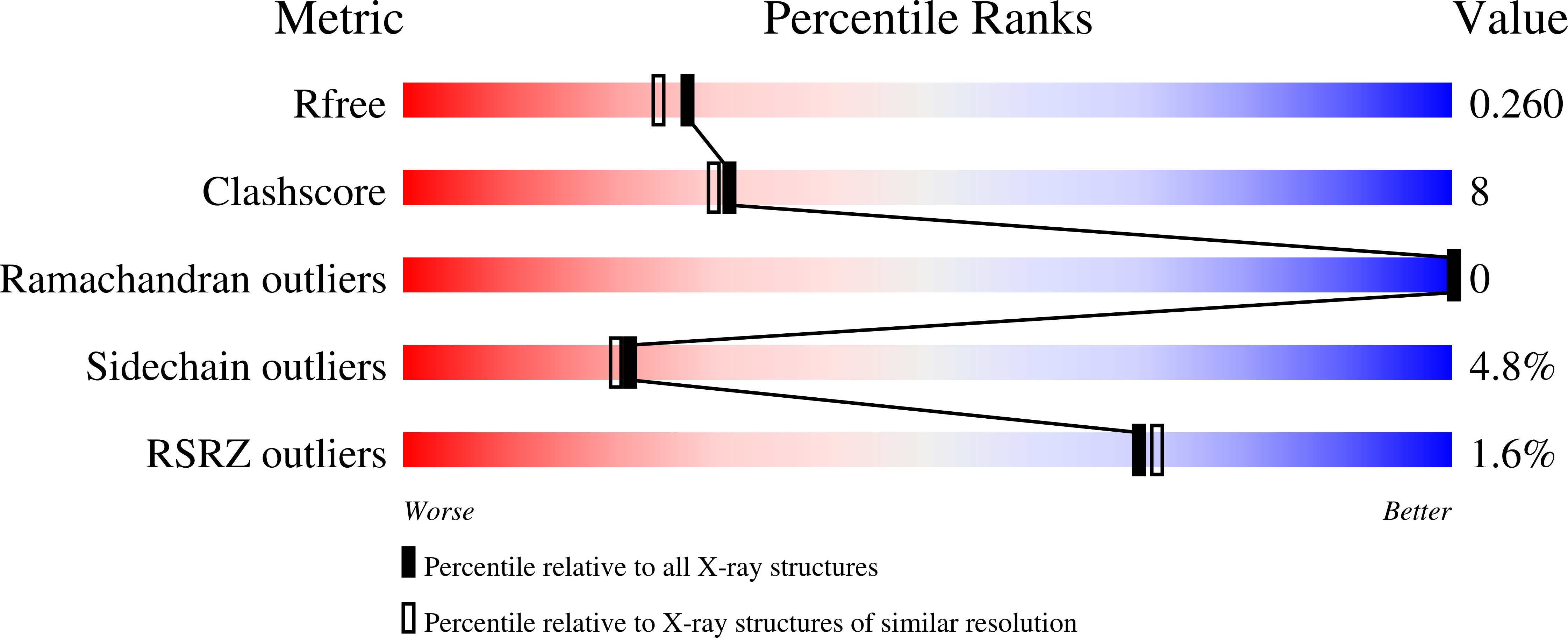
Deposition Date
2025-07-05
Release Date
2025-08-13
Last Version Date
2025-08-13
Entry Detail
PDB ID:
9RUV
Keywords:
Title:
X-ray structure of the adduct formed upon reaction of dirhodium-tetraacetate with lysozyme at body temperature
Biological Source:
Source Organism:
Gallus gallus (Taxon ID: 9031)
Method Details:
Experimental Method:
Resolution:
2.12 Å
R-Value Free:
0.26
R-Value Work:
0.19
Space Group:
P 43 21 2


